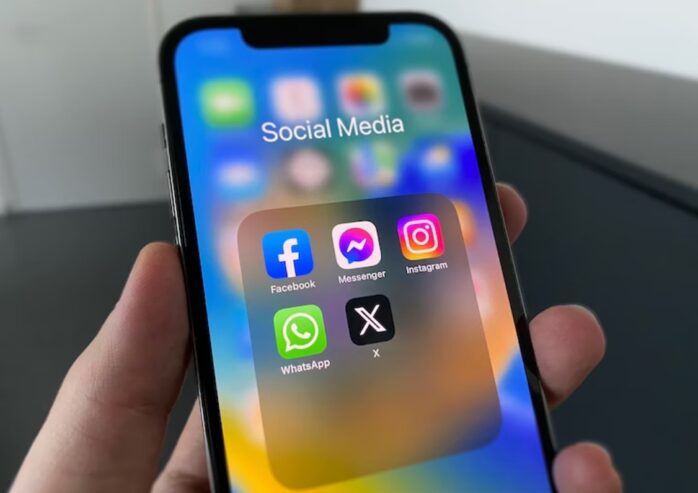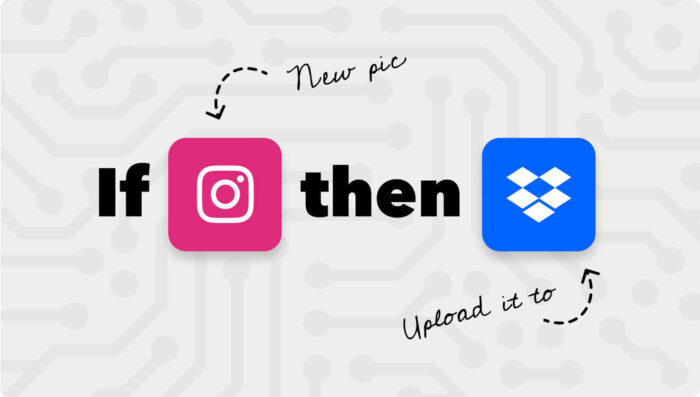
In a modern age characterized by the ever-growing integration of digital interactions into our daily lives, it’s increasingly frequent to discover ourselves balancing a myriad of applications across our devices. From managing our work to maintaining a social presence, scheduling our day, keeping track of our health, or even engaging in leisurely activities like reading or gaming – there’s an app for everything. This convenience, however, can sometimes lead to a state of digital chaos, with a multitude of notifications, updates, and tasks, creating a paradox of choice. The key to navigating this digital landscape efficiently lies in smart app management.
This document aims to explore the most effective strategies for managing multiple apps, helping you streamline your digital life, enhance your productivity, and reduce the stress that can accompany digital overload.
Prioritizing and Organizing Your Apps
When it comes to effective app management, the most important step is to prioritize. Take a few moments to reflect on which apps are taking up too much of your time and energy – and start by removing or disabling those. This will give you a better idea of what you need to manage more efficiently in the future. Once you’ve removed any unnecessary distractions, take time to assess which apps are of utmost importance and should remain active.
Next, take the time to organize the essential apps in a way that makes sense for you. This could involve creating specific folders or reorganizing them on your device’s home screen according to priority level. Additionally, setting up notifications can be helpful – leverage the app settings to control how often and when you receive alerts. This will help you maintain focus on the important tasks while still being up to date with relevant information about your apps.

Leveraging Automation Tools
The second step in efficient app management is leveraging automation tools that can save time and energy spent managing multiple applications. For example, applications like IFTTT or Zapier can be used to set up automated tasks that can help streamline the app management process. Through these tools, you can establish “if this, then that” triggers that will trigger a task in one of your apps once an action is completed on another.
For example, if you have an application tracking your daily activities and another for scheduling events, you could set up a trigger to automatically add tasks from the daily activity app into your event scheduling app. This type of automation saves time and energy that would otherwise be spent transferring information between apps manually.
Using The Right Management Software
Knowing how to effectively manage multiple apps is key to a stress-free digital lifestyle, but having the right software can make all the difference. The way you choose to manage your apps is completely up to you, but there are several pieces of software designed to help streamline your app management processes. Finding a quality management software system can help you keep track of your tasks, allow you to access documents from multiple sources with ease, and provide the tools needed to collaborate in a secure environment. Your app management software should be tailored to your individual needs, but there are many quality options available. The right choice can help you reduce stress and make your digital life much more productive. See what fits best by starting with a free trial of some popular software systems.

Monitoring and Adjusting App Access
The last step in efficient app management is to monitor and adjust the access you have given to each of your apps. Regularly review the permissions you’ve granted to each application and make sure they’re still relevant – if not, it’s important to update them accordingly as needed. Additionally, it’s also a good idea to keep tabs on which applications are sharing your data with third parties – make sure you’re comfortable with the level of access they have been given. This will help you minimize any potential privacy risks.
By following the steps outlined in this document, managing multiple apps should become much easier and less stressful. Taking time to prioritize, organize, automate, and monitor your app access are essential steps toward effectively managing a multitude of applications. With the right tools, strategies, and software systems in place, you should be able to streamline your digital life and maximize productivity.
Keeping Profiles and Data Consistent
When managing several apps, it is important to maintain consistency in order to maximize efficiency. That means keeping the same information, such as profile details or payment methods across multiple accounts. This will save time when logging into each app, and also ensure that all your data is kept up-to-date and synchronized. As an added bonus, this strategy can help keep your digital identity more secure since you will be making fewer changes to your personal information.
To further enhance consistency, consider investing in a password manager app. This type of software can help you store all your login details and other sensitive data in one place. Plus, the auto-fill feature available with most password managers makes it easy to quickly log in to any app without having to re-enter passwords multiple times.
Creating a Balance
Of course, efficiency isn’t everything – it’s also important to establish a healthy balance between work and leisure when managing multiple apps. Make sure that you’re taking breaks throughout the day to avoid burnout, and if possible, set up specific times for checking your apps. Additionally, try to turn off notifications when you can – this will help you stay focused on the task at hand and create a less distracting environment.
A balance can help ensure that you’re getting the most out of your app management processes. Knowing that this isn’t the only thing you have going on in your life can help you stay motivated and avoid burning out – it can also help keep things from feeling overwhelming. Establishing a healthy rhythm between work, leisure, and rest is essential for maintaining an efficient app management system.
In conclusion, managing multiple apps doesn’t have to be a daunting task. With careful organization, utilization of automation tools, and the right app management software, the process can be streamlined and simplified. Regular monitoring and adjusting of app access can safeguard your privacy and maintain the relevance of each application. Consistency in profiles and data across all your apps will not only save time but also enhance security.
However, amidst all this, it’s crucial to create a healthy balance between work and leisure time, avoiding burnout and ensuring optimum productivity. By employing these strategies, you can transform your digital life into a more organized, efficient, and satisfying experience.







